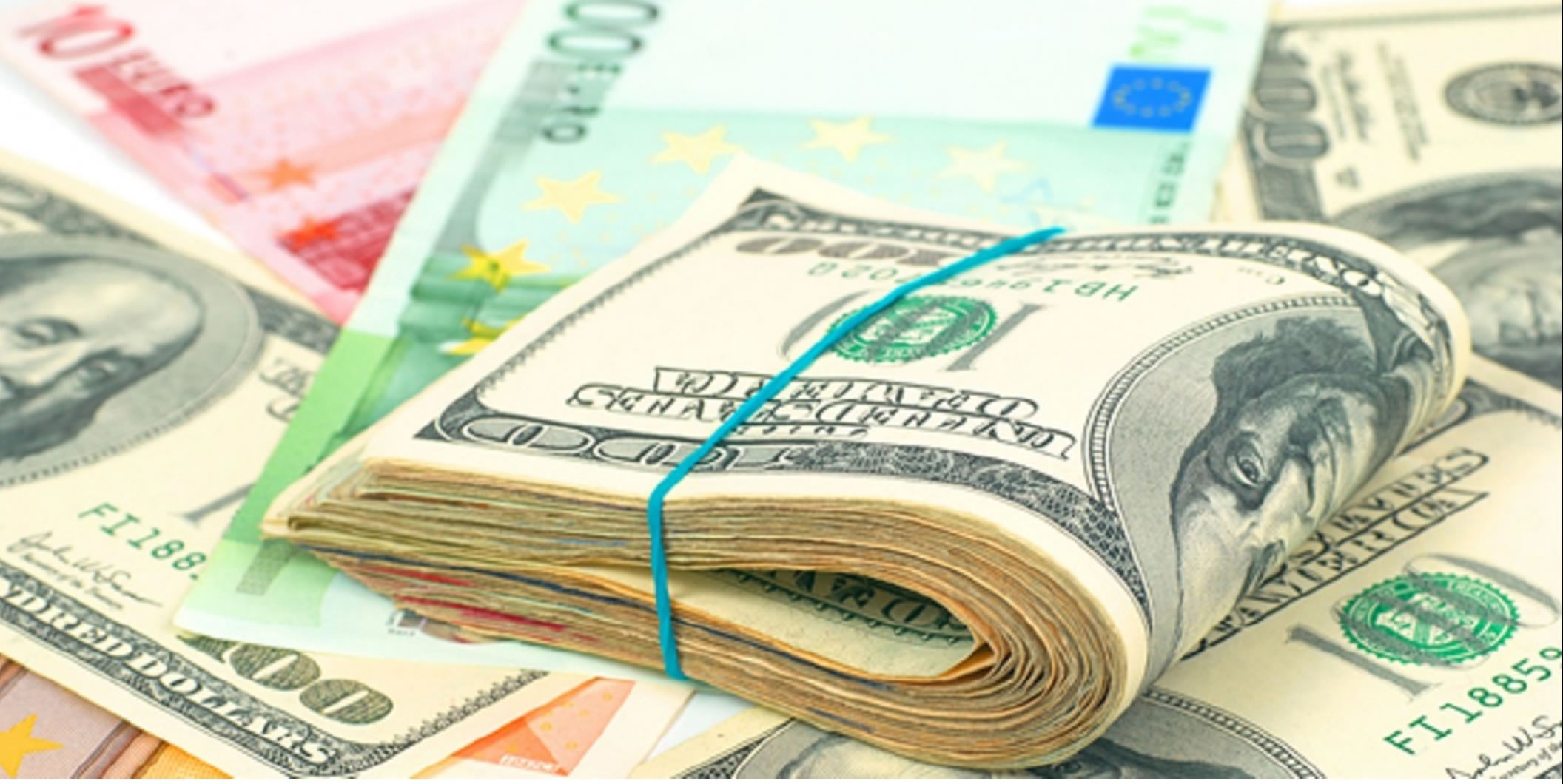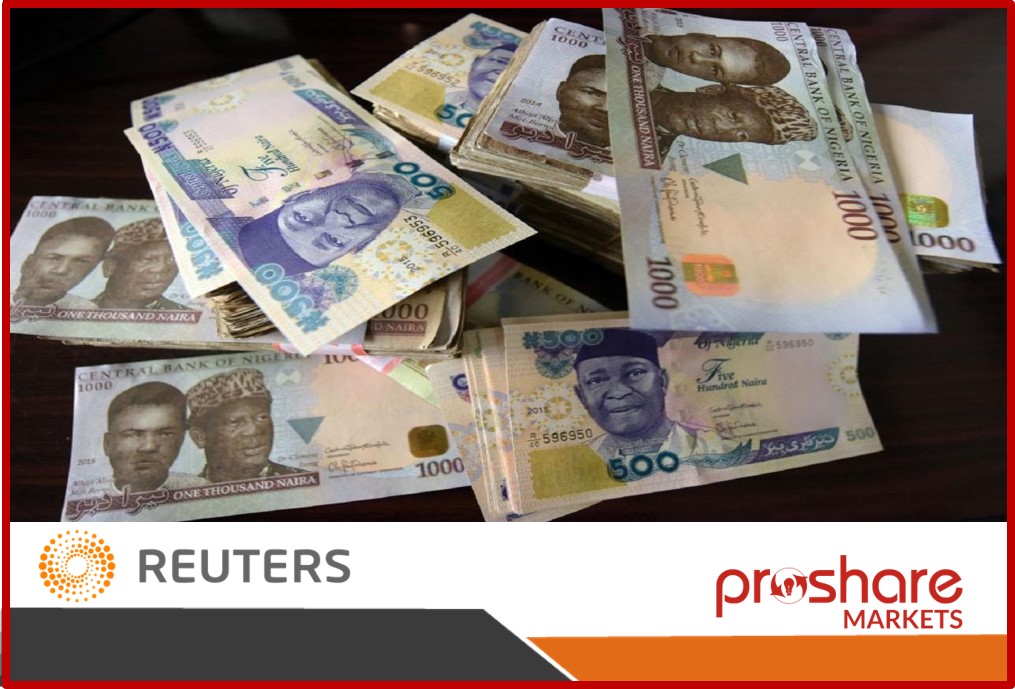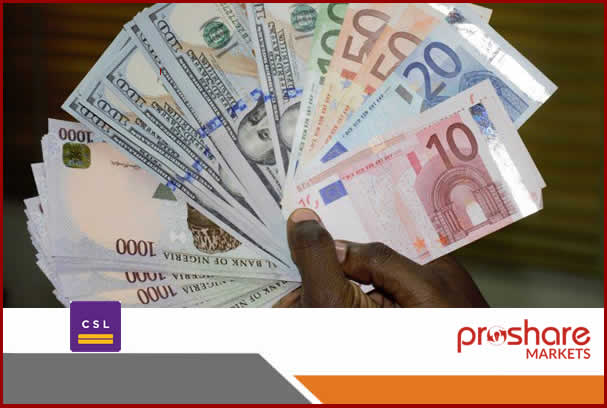Operating a fixed exchange rate system often results in multiple exchange rates, particularly when the fundamentals necessary to support a fixed exchange rate system are weak or absent. These fundamentals include an export-based economy, a consistent and effective monetary and fiscal framework, and a more resilient economy to global shocks. Without these foundational elements, running a fixed exchange rate system becomes extremely challenging as foreign exchange supply falls. This may lead to multiple exchange rates (parallel markets) as controls become rigid. Then, the official exchange rate deviates from its market rate, creating an exchange rate premium. A premium is the outcome of market restrictions which drives the non-official supply and demand of foreign currency. This is what is happening in Nigeria.
Nigeria is a net-importer of non-oil products. In 2020, Nigeria’s imports were 16.57% of its GDP compared to its exports of 8.83%. Nigeria’s major export revenue is largely derived from the sale of crude oil. Therefore, a decline in the price of oil, which is determined globally, will mean reduced exchange earnings and lower external reserves, making it difficult to defend its currency. Also, Nigeria’s monetary and fiscal policies have been ineffective partly due to a delay or wrong timing in policy implementation as well as being politically biased. Given these weak structures, it is almost impossible to operate a fixed exchange rate system in Nigeria.
Problems of Multiple Exchange Rates in Nigeria
According to the World Bank, dual exchange rates create distortions by manipulating relative prices in the economy and encouraging rent-seeking behaviors for those who have access to cheaper rates¹. Rent-seeking activities are a means of increasing wealth through the manipulation of the allocation of economic resources². Most especially, when the exchange rate premium is wide, it becomes an incentive to rent-seeking behaviors.
The gap between the official exchange rate and the parallel market rate (exchange rate premium) is about N434. That’s enough incentive for rent seekers in the foreign exchange market. Rent-seeking activities are disruptive to market efficiencies and create pricing disadvantages to market participants. Multiple exchange rates also fuel currency speculation and spur illusive demand pressures, leading to extreme currency volatility. Multiple exchange rates are a disincentive for foreign domestic investors as they are confused as to what the fair value of a country’s currency is, especially when there is a wide disparity between its official rate and market rate. According to the International Monetary Fund, countries with multiple exchange rates are usually faced with lower growth and high inflation.
Steps Towards Exchange Rate Unification
Since Nigeria is a net importing country, one of the major steps towards unifying its exchange rates, is the gradual devaluation of its currency towards its fair value; this will attract inflows. For example, on April 21, 2017, the Investors & Exporters window was introduced by the CBN with the aim to boost liquidity in the foreign exchange market while also allowing demand and supply of foreign exchange to determine its rate. The CBN, also intervenes by supplying foreign exchange to the I & E window to stabilize the currency, that is, to protect against adverse movement in the Naira value. The window was designated to execute invisible foreign exchange transactions, like bills for collection, loan repayments, loan interest payments, capital repatriation, etc. International airline ticket sales were excluded while other visible transactions were left to be carried out through the official market
Before the introduction of the window, the Naira fell to a low of about N520/$ at the parallel market before appreciating to about N385/$ on the hint that the window was going to be introduced, while the official exchange rate remained at N306.45/$. At the beginning of its operation (April 24th, 2017) the exchange rate at the I & E window, which was N377.11/$ closely reflected the rate at the parallel market (N390.00/$), while there were times when it was almost equal. At the end of 2019, foreign capital importation increased by 96% to $23.99 billion. This was not an official devaluation of the country’s currency as the official exchange rate remained fixed at N306.45/$. The official window rate reflected its market price. This boosted inflows and foreign exchange liquidity, with little incentive for rent seeking activities. The currency stabilized around N360/$-N365/$ both in the parallel market and in the I & E window between 2017 and 2019, until the COVID-19 period when oil prices fell due to demand slowdown and dampened investors’ confidence. Nigeria’s external earnings largely depended on oil and the CBN struggled to supply foreign exchange.
Currency devaluation is aimed at adjusting a country’s currency towards its fair value while supporting inflows and at the same time discouraging imports as they become m o r e expensive. It is also meant to thin out the gap between the official and parallel market rates, reducing the exchange rate premium.
However, there are certain policies and reforms that must be channeled along the depreciation path to manage the possible fallout from currency devaluation.
1. The CBN should manage inflation and, depreciation expectations that come through currency speculation by adopting a monetary tightening policy. This means raising its monetary policy rate close to its inflation rate, making the Naira attractive to hold, save and invest in by both domestic and foreign investors.
2. Fiscal policies and reforms must be created to increase the country’s competitiveness in the external environment. These involve creating a friendly environment for small scale businesses through public investment in vital infrastructures that will boost productivity and eradicate bottlenecks like high export tariff and customs that affect exporting commodities. China is pursued policies and reforms in an export-led path to growth based on maintaining macro-economic stability, persistent investment growth, a vigorous industrial and technological development, as well as access to domestic credit and, most importantly, ensuring measurable improvements in education. In the 1980s, Chinese exports increased by 5.7%. By 2003, China's export growth rate was seven times greater than the world's overall export growth rate.
3. Maintaining low external debt levels to avoid higher debt burden is another policy reform. Currency devaluation has greater negative impact for countries with high foreign debt. It becomes expensive to service its debt³.
Conclusion
The elimination of multiple exchange rates in Nigeria will reduce the incentive to carry out arbitrage activities on the currency and will boost the country’s external reserves through increased inflows.
 Lagos, NG • GMT +1
Lagos, NG • GMT +1











 245 views
245 views










 Sponsored Ad
Sponsored Ad
 Advertise with Us
Advertise with Us









